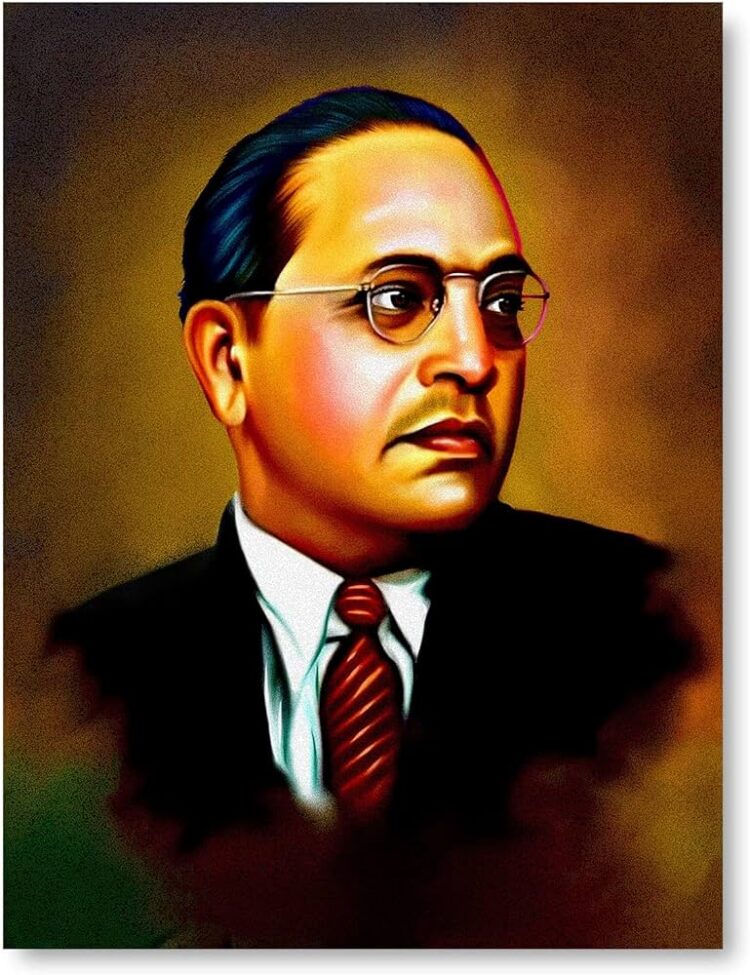In course of time the relations between the Devas and the Aryans became stabilized and appears to have taken the form of feudalism. The Devas exacted two boons from the Aryans.
The first boon was the Yajna which were periodic feasts given by the Aryans to the Devas in return for the protection of the Devas in their fight against the Rakshasas, Daityas and Danavas. The Yajnas were nothing but feudal exactions of the Devas. If they have not been so understood it is largely because the word Deva instead of thought to be the name of a community is regarded as a term for expressing the idea of God which is quite wrong at any rate in the early stages of Aryan Society.
The second boon claimed by the Devas against the Aryans was the prior right to enjoy Aryan woman. This was systematized at a ver yearly date. There is a mention of it in the Rig-Veda in Chapter-X. 85.40. According to it the first right over an Arya female was that of Soma, second of Gandharva, third of Agni and lastly of the Aryan. Every Aryan woman was hypothecated to some Deva who had a right to enjoy her first on becoming puber.
Before she could be married to an Aryan she had to be redeemed by getting the right of the Deva extinguished by making him a proper payment. The description of the marriage ceremony given in the 7th Khandika of the 1st Adhyaya of Ashvalayan Grahya Sutra furnish the most cogent proof of the existence of the system. A careful and critical examination of the Sutra reveals that at the marriage three Devas were present.
Aryaman, Varuna and Pushan, obviously because they had a right of prelibation over the bride. The first thing that the bride-groom does, is to bring her near a stone slab and make her stand on it telling her ‘Tread on this stone, like a stone be firm. Overcome the enemies; tread the foes down’. This means that the bridegroom does it to liberate the bride from the physical control of the three Devas whom he regards as his enemies. The Devas get angry and march on the bridegroom.
The brother of the bride intervenes and tries to settle the dispute. He brings parched gram with a view to offer in the Angry Deva with a view to buy off their rights over the bride. The brother then asks the bride to join her palms and make a hollow. He then fills the hollow of her palm with the parched grain and pours clarified butter on it and asks her to offer it to each Deva three times. This offering is called Avadana.
While the bride is making this Avadana to the Deva the brother of the bride utters a statement which is very significant. He says “This girl is making this Avadana to Aryaman Deva through Agni.Aryaman should therefore relinquish his right over the girl and should not disturb the possession of the bridegroom”. Separate Avadanas are made by the bride to the other two Devas and in their case also the brother alters the same formula.
After the Avadan follows thePradakshana round the Agni which is called SAPTAPADI after which the marriage of the bride and bridegroom becomes complete valid and good. All this of course is very illuminating and throw a flood of light on the utter subjection of the Aryans to the Devas and moral degradation of Devas as well as of the Aryans.
Lawyers know that Saptapadi is the most essential ceremony in a Hindu marriage and that without it there is no marriage at Law. But very few know why Saptapadi has so great an importance. The reason is quite obvious. It is a test whether the Deva who had his right of prelibation over the bride was satisfied with the Avadana and was prepared to release her.
If the Deva allowed the bridegroom to take the bride away with him up to a distance covered by the Saptapadi it raised an irrefutable presumption that the Deva was satisfied with the compensation and that his right was extinguished and the girl was free to be the wife of another. The Saptapadi cannot have any other meaning. The fact that Saptapadi is necessary in every marriage shows how universally prevalent this kind of immorality had been among the Devas and the Aryans.
From ‘Dr.BabasahebAmbedkar : Writings and Speeches, Vol.4. Riddle No.23 (Pages 302-303), Published by the Department of Education, Government of Maharashtra, 1987.








